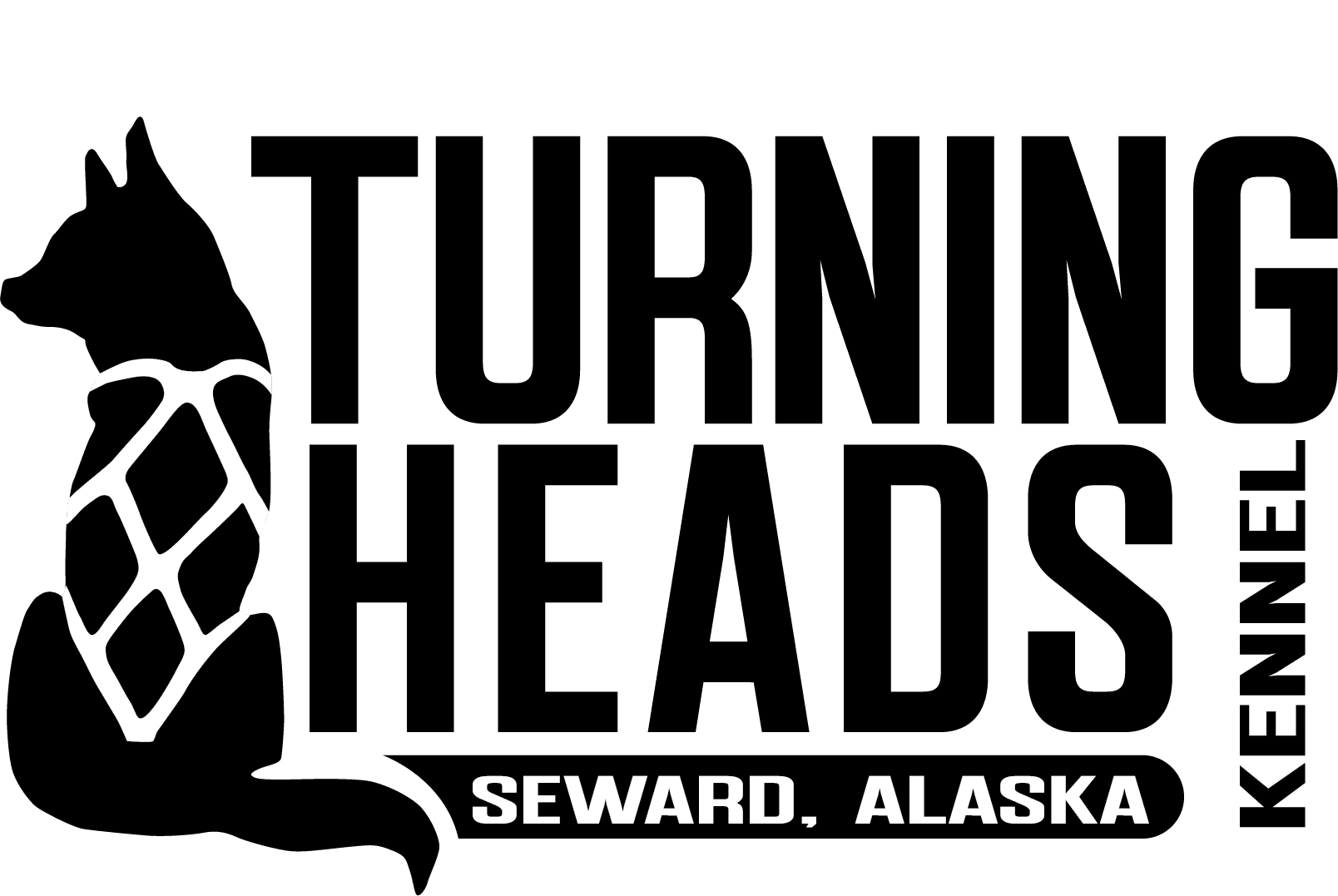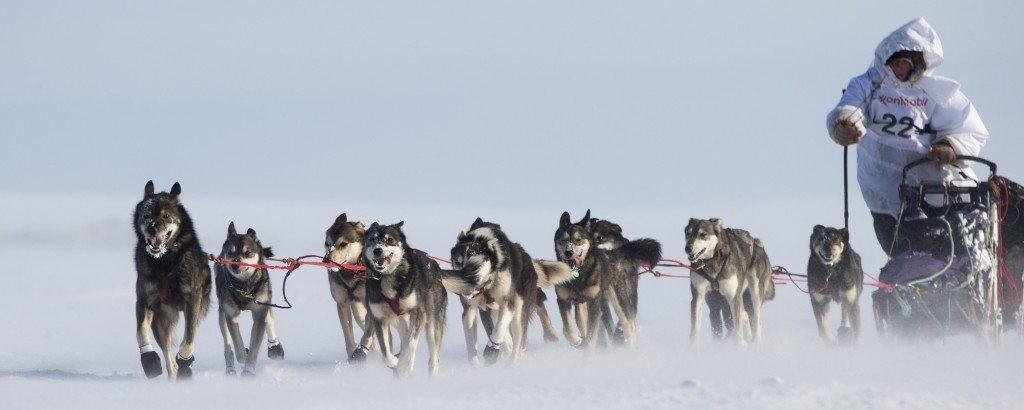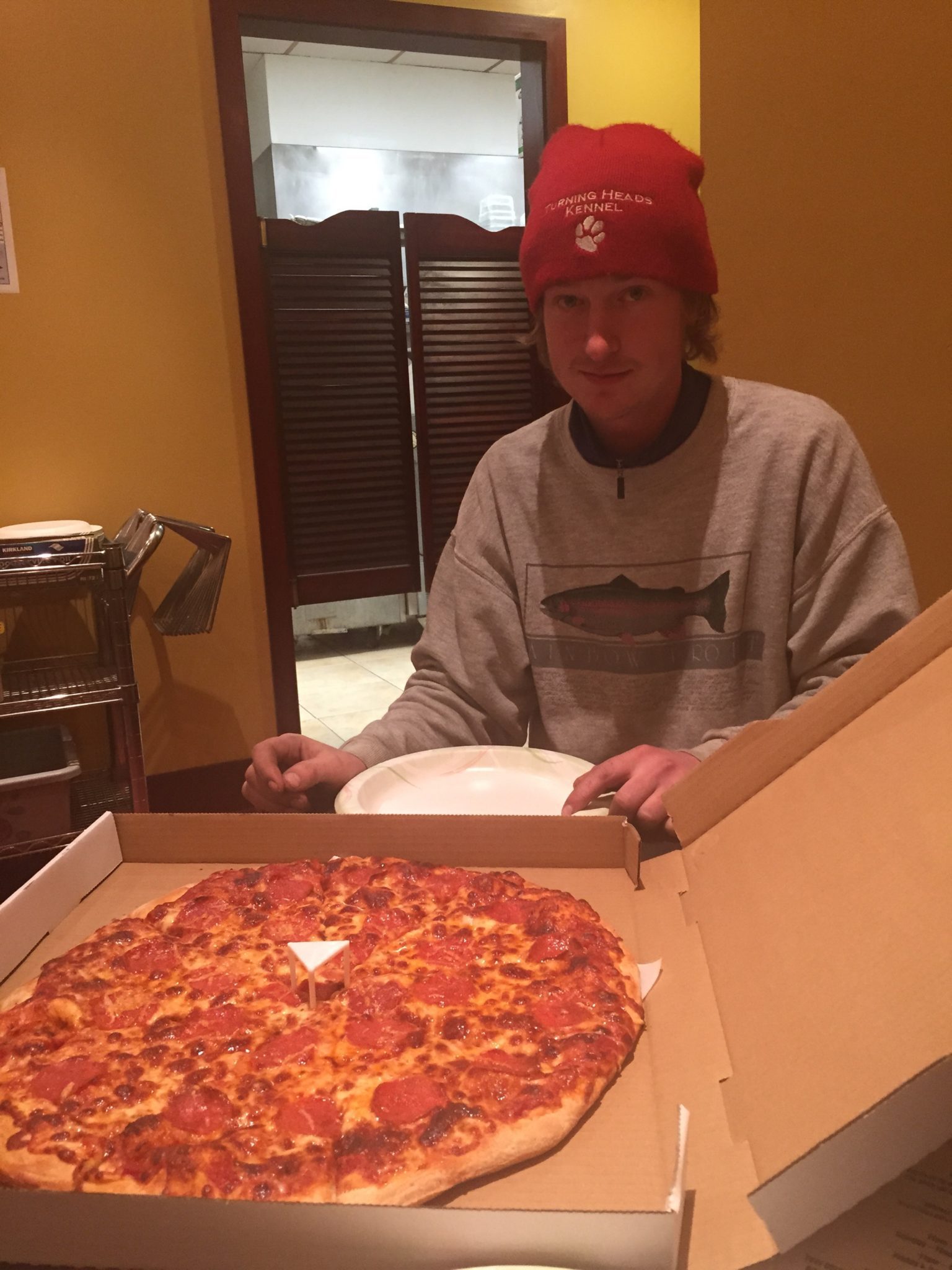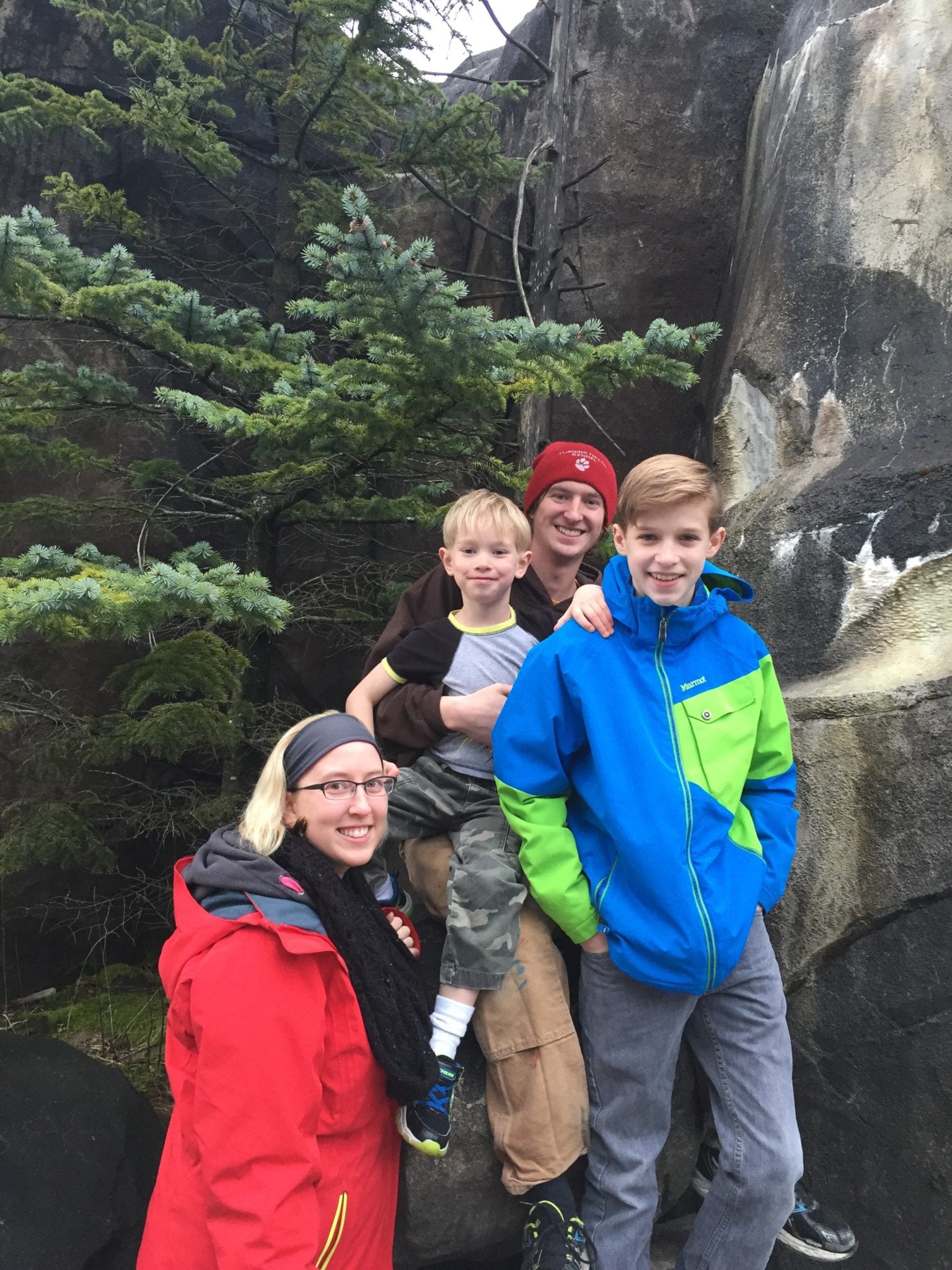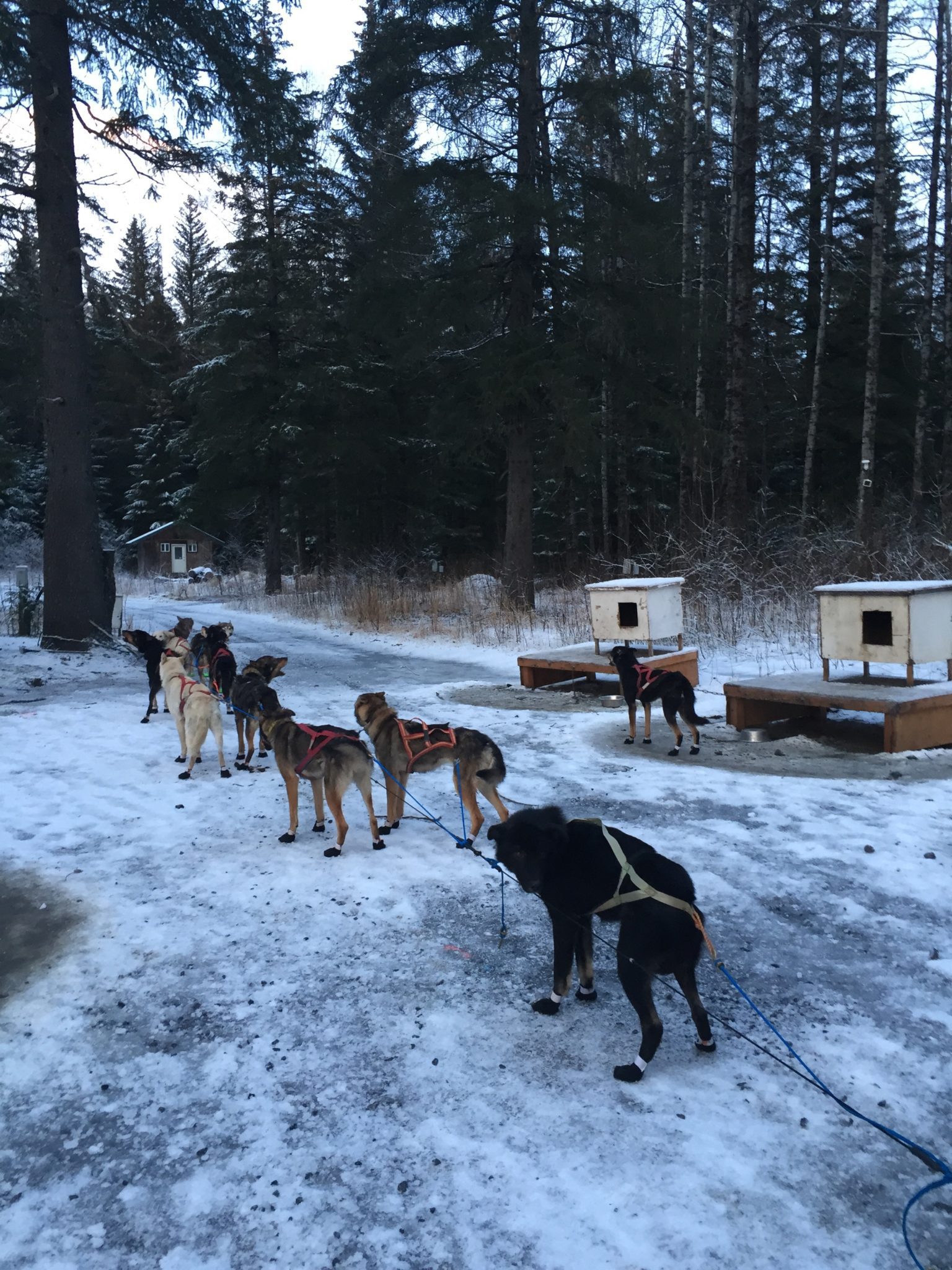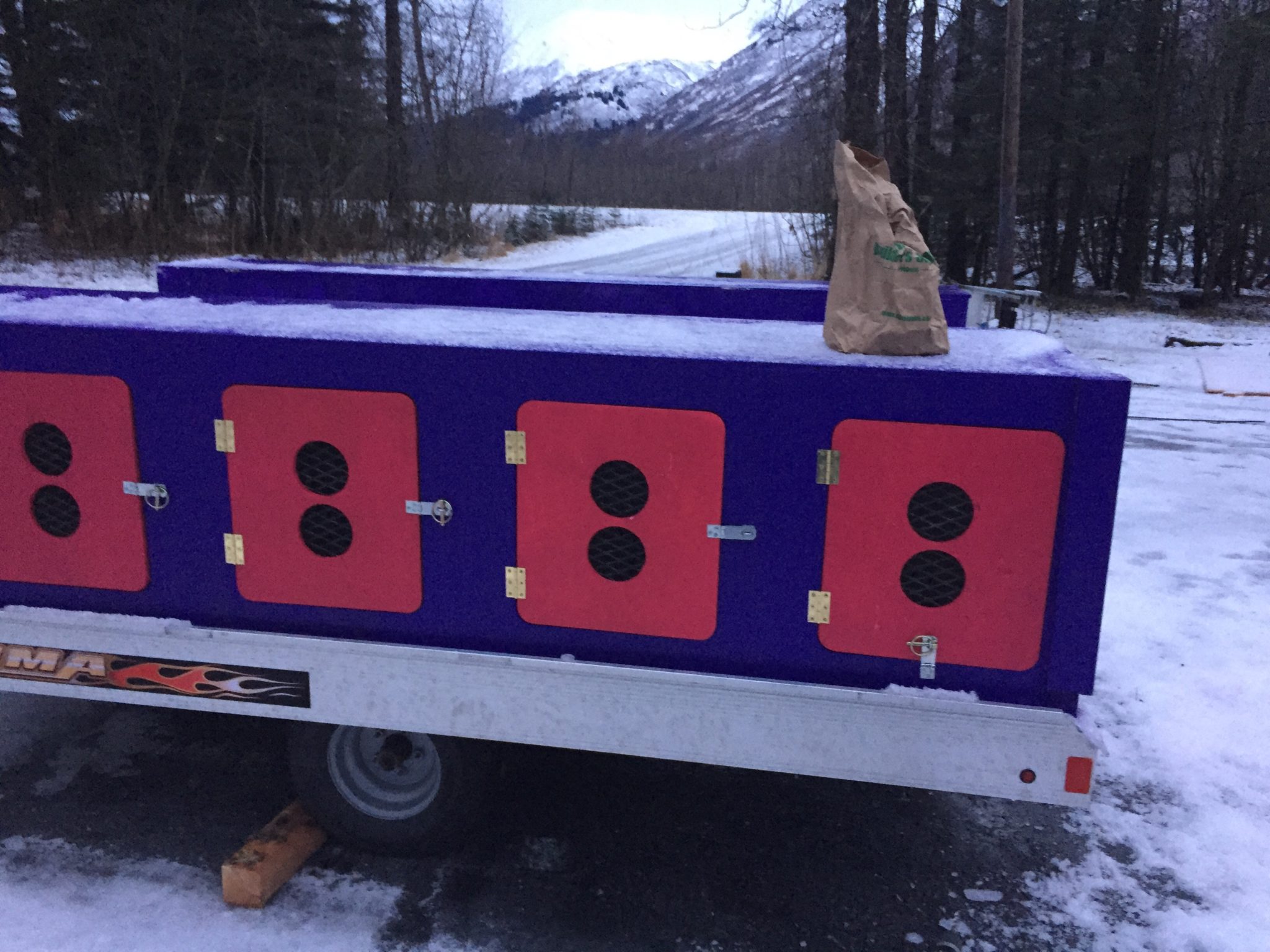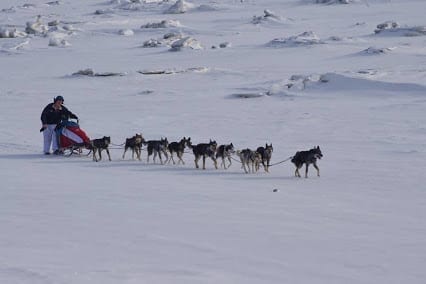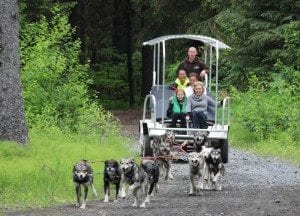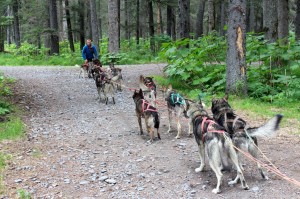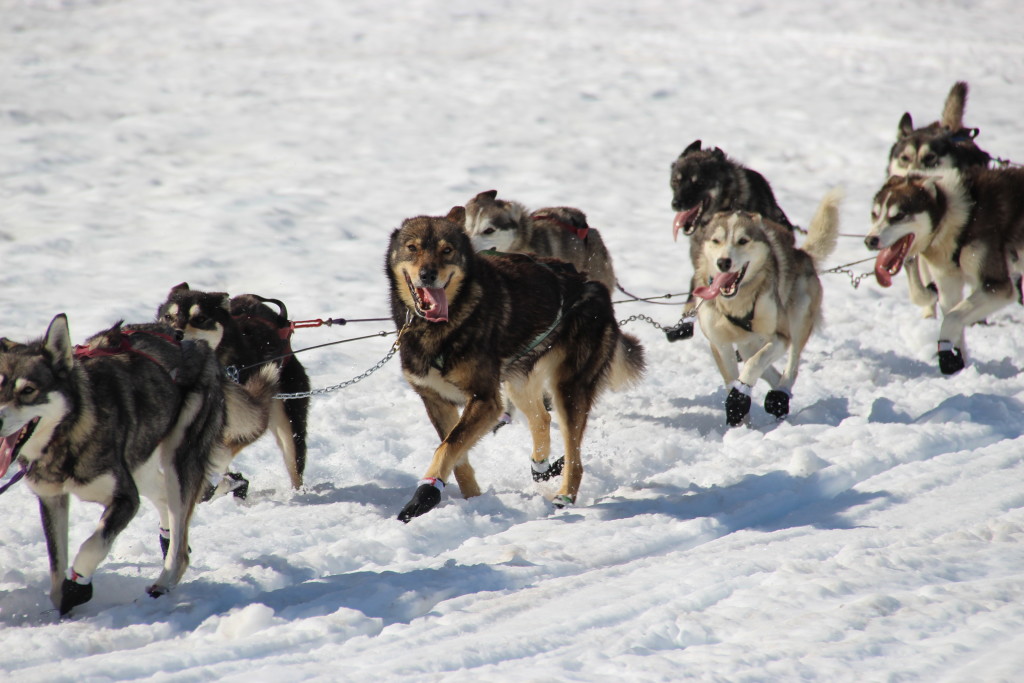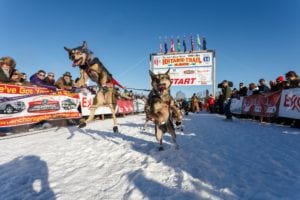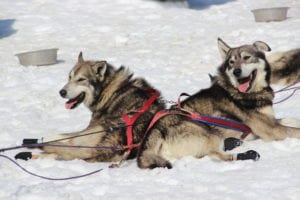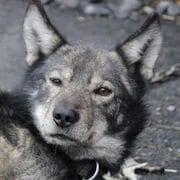 Boston
Boston
Boston is, well, like Boston. He is a hard headed, stubborn dog who knows what he wants and knows how to get it. He is beyond confident up front; he has led Travis to the finish line in Nome the last two years in single lead. Besides being a phenomenal gee-haw leader, Boston is also just a hard working dog who loves running and competing. He always sets a fast pace when he is at the front of the team.
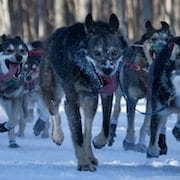 Just like his namesake city, Boston is a little hot headed and occasionally finds himself in hot water when interacting with other dogs. Always resourceful, this natural leader knows how to best any problem and end up on top!
Just like his namesake city, Boston is a little hot headed and occasionally finds himself in hot water when interacting with other dogs. Always resourceful, this natural leader knows how to best any problem and end up on top!
Boston truly embodies the “Boston Strong” mentality; the more difficult a situation is, the more this dog thrives. During the 2014 Iditarod, when battling fierce winds, Travis had zero visibility but Boston would keep him on the trail and headed towards Nome. During the 2013 Iditarod, Boston also helped Travis achieve some of the fastest checkpoint to checkpoint run time!
Boston has now had four litters of puppies for our kennel. He’s had litters with Madori, Tamere, Sage and Zena. All his puppies so far have excellent builds. The puppies he had with Madori and Tamere in 2013 are currently in training and doing well. We are growing more and more excited about the litter he had with Zena, a 3 time Iditarod Champion with musher Lance Mackey.
This dog is really an important part of our kennel and we are glad we could let you know him a little better!
